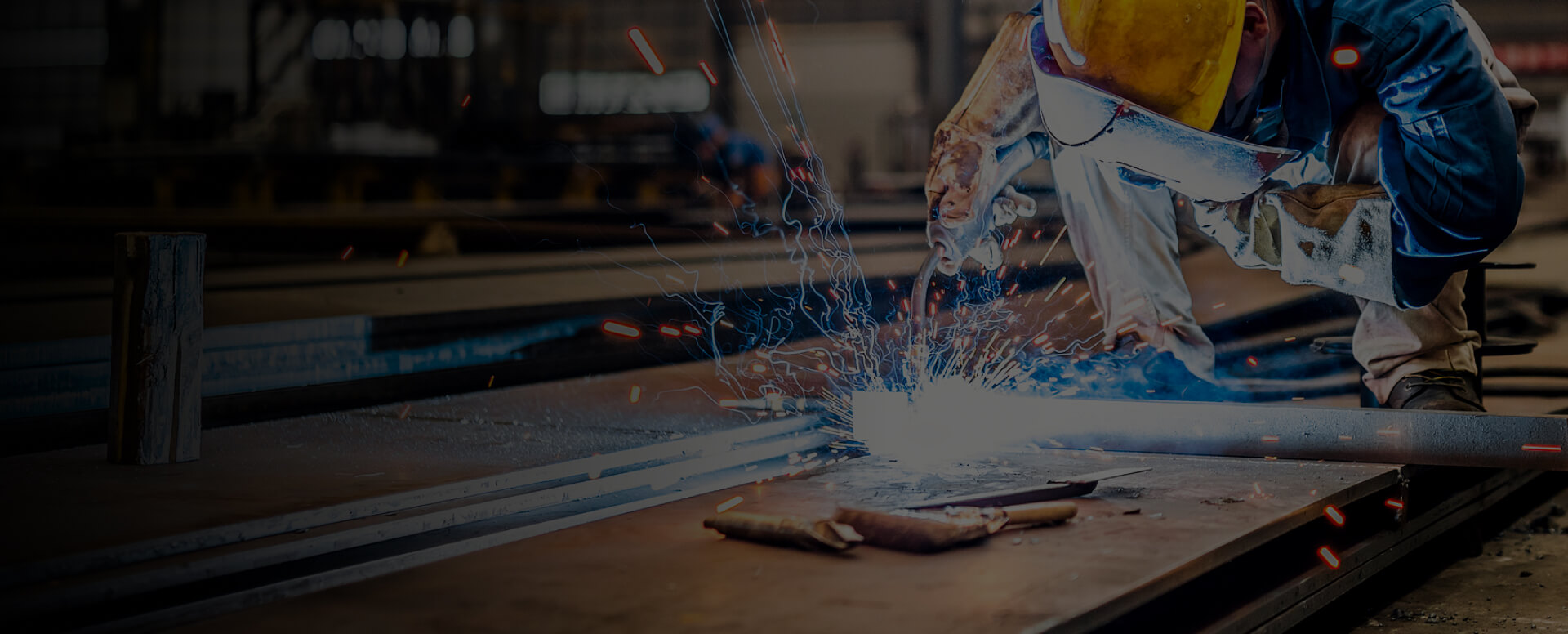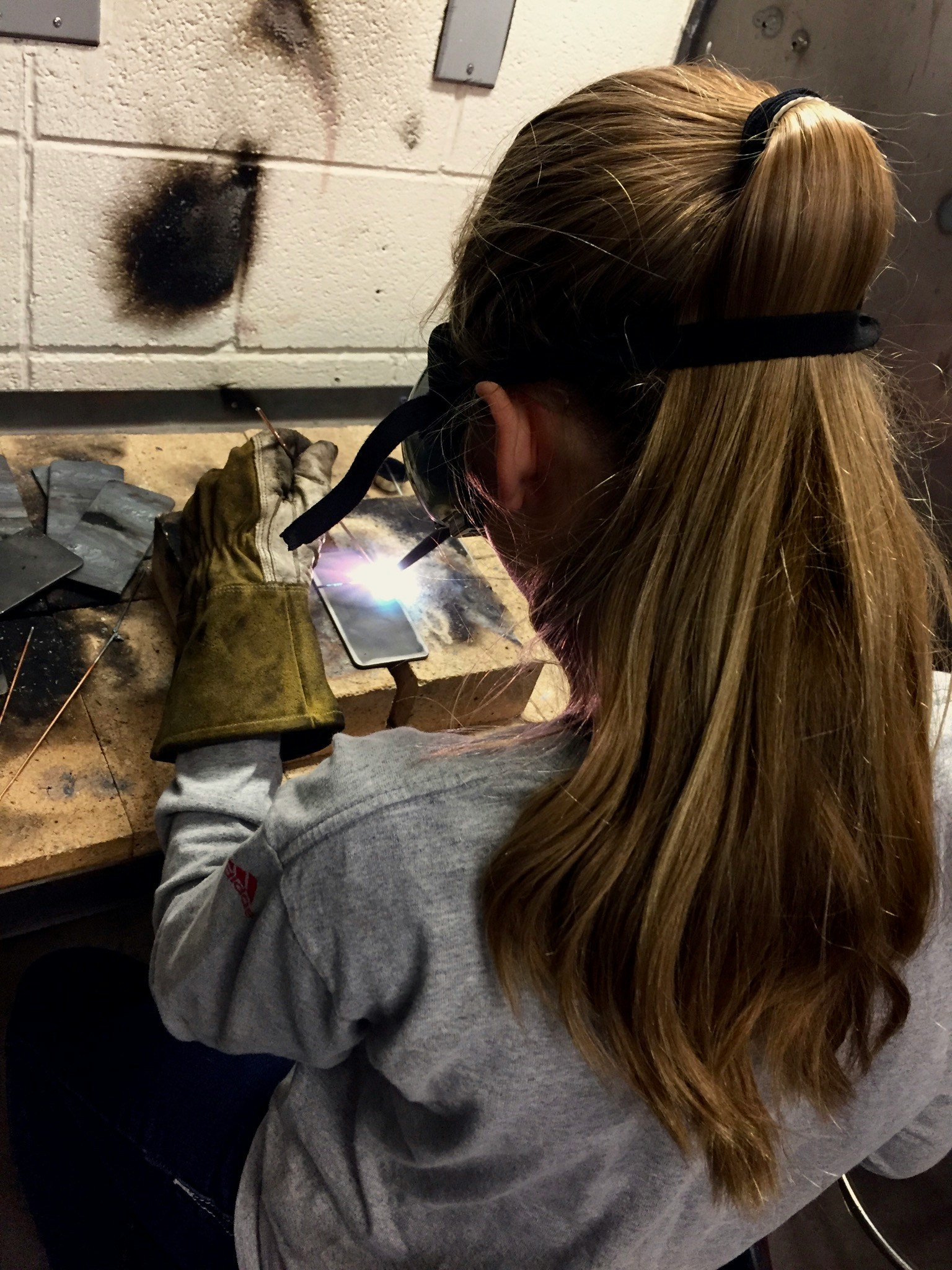
Welding fumes pose significant health hazards, with the International Agency for Research on Cancer (IARC) classifying all welding fumes as Group 1 carcinogens. Beyond cancer, exposure can lead to acute and chronic issues, including cardiovascular, neurological, hematological, and renal diseases. Proper safety measures and engineering controls can reduce exposure below regulatory limits, mitigating these risks.
Hazardous Compounds in Welding Fumes
Ozone (O₃): UV radiation-induced; causes DNA damage, pulmonary edema Nitrogen Oxides (NOx): High-temperature formation; leads to respiratory failure Phosgene (COCl₂): Chlorinated solvent decomposition; fatal lung injury, delayed symptoms Carbon Monoxide (CO): Arc process; causes asphyxiation, confined-space hazards
Material-Specific Fume Risks
Primary hazard: Iron oxide (Fe₂O₃) causing siderosis ("welder's lung") Secondary risks: Manganese exposure from electrodes
Hexavalent chromium and nickel compounds dominate Require enhanced ventilation and respiratory protection
Zinc oxide causes metal fume fever (acute, self-limiting) Symptoms: fever, chills, nausea, fatigue
Aluminum oxide: acute respiratory irritation, long-term accumulation Copper fumes: metal fume fever, limited chronic toxicity
Consumable-Generated Hazards
Fluorides: Flux coatings; bone/ligament damage (fluorosis) Molybdenum: Electrode alloy; respiratory irritant, potential carcinogen Thoriated Tungsten: Radioactive hazard in GTAW electrodes
GMAW/GTAW: High ozone production with aluminum/stainless SMAW/FCAW: Significant fluoride and manganese release
Exposure Control Hierarchy
Source capture: Fume extraction guns, local exhaust ventilation Workshop ventilation: Mechanical systems with HEPA filtration Automation: Robotic welding in enclosed cells
Respiratory: Powered air-purifying respirators (PAPRs) for high-exposure tasks Eye/face: UV-filtering helmets with side shields Body protection: Flame-resistant clothing with full coverage
Worker training on fume hazards and control operations Regular exposure monitoring per OSHA/NIOSH guidelines Medical surveillance for early symptom detection
Key Regulatory Standards
OSHA PELs (Permissible Exposure Limits) for metals and gases NIOSH RELs (Recommended Exposure Limits) are often stricter ACGIH TLVs (Threshold Limit Values) for international projects
Related Articles

How Does Plasma Cut Rock?
Yes, plasma can cut rock, but effectiveness depends on rock composition, plasma temperature, and operational costs. This process utilizes extreme heat from ionized gas to melt or vaporize geological materials.Principles of Plasma-Rock InteractionThermal MechanismsPlasma cutting relies on transferrin

Does Plasma Cutting Harden Steel? Understanding Thermal Effects and Mitigation
Plasma cutting can induce localized hardening in the heat-affected zone (HAZ), with the extent of this hardening depending on factors such as cutting speed and steel composition. This article examines the mechanisms, research findings, and practical implications of plasma-induced hardening.How Plasm

Mastering MIG And TIG Welding: 5 Essential Torch Techniques for Flawless Results
Welding is an art that combines precision, skill, and a deep understanding of materials. Whether you're an experienced professional or a beginner, refining your torch techniques in MIG and TIG welding can elevate your work from functional to exceptional. Here are five key methods to help you achieve

Manual vs. Robotic Welding: Key Differences and Applications
Manual welding relies on human skill to perform joins, while robotic welding utilizes programmed machinery to achieve precision and efficiency. Understanding the distinctions between these methods helps in selecting the right approach for specific projects.Precision and ConsistencyManual Welding: Qu

Do You Need a Mask for Plasma Cutting?
Yes, wearing proper respiratory protection is essential when operating a plasma cutter. A well-chosen mask protects operators from hazardous fumes, airborne particles, and indirect radiation exposure, making it a non-negotiable part of plasma cutting safety protocols.Primary Hazards of Plasma Cuttin

How Cost-effective Is The Hot Wire TIG System?
Tungsten Inert Gas (TIG) welding is celebrated for its ability to create exceptionally clean and high-integrity welds. A key factor limiting its wider application on thicker materials, however, is its relatively slow speed. Hot Wire TIG welding addresses this limitation head-on, representing an adva

